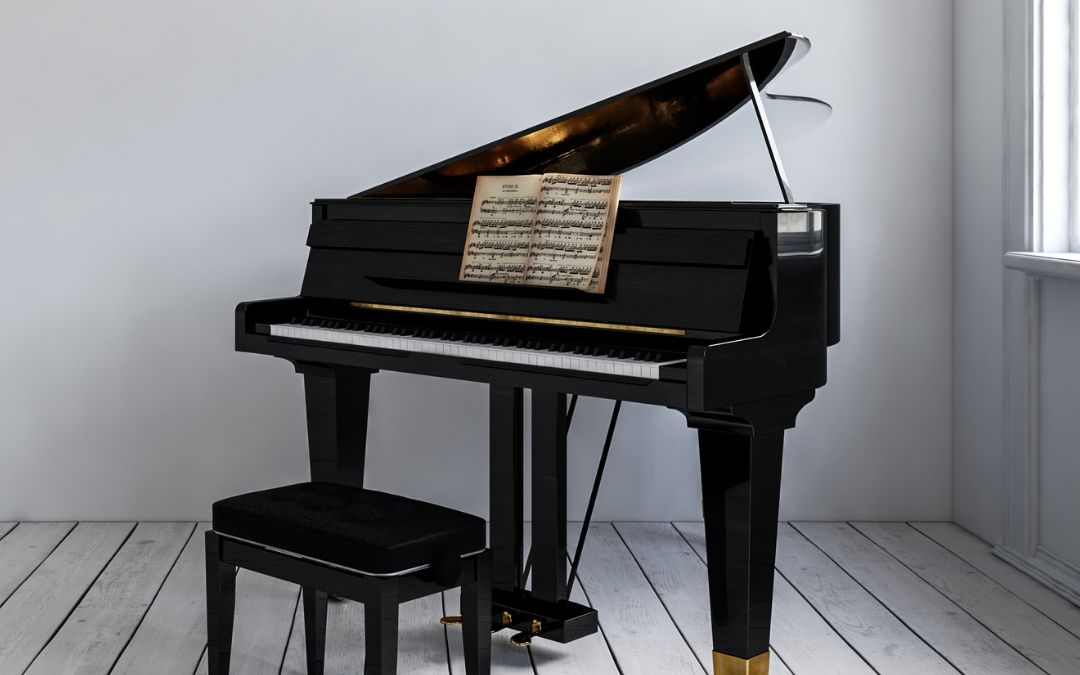What Relocation Services Are Considered Local?
May 20, 2023
What Month is the Most Expensive to Move?
May 20, 2023Pianos can be heavy and cumbersome to move, so you will require the help of multiple people when transporting one. Ask friends and family members for assistance and make sure to provide moving blankets, furniture dollies, straps to secure it to them as well as straps that can secure it to the truck bed for transporting.
Measuring doorways and stairways to make sure that the piano fits will allow it to remain on track without hitting walls or floors, while clearing away debris can help ensure its safe travels.
Preparation
No matter if it’s an upright piano or grand piano, it is essential to remember that these instruments should not be treated like furniture; they require careful handling as they are extremely heavy, contain sharp edges, and could cause irreparable damage if dropped accidentally. Because of this, professional piano movers should always be hired when transporting these delicate objects.
For safe piano transport, a team of at least four individuals is necessary. Begin by gathering strong friends or neighbors who are willing to assist.
Before moving day arrives, invest in or rent a furniture dolly and piano skid board from home improvement stores or online. In addition, make sure to invest in furniture blankets and moving straps as these will come in handy during transporting items around.
Be sure to keep the path clear of any obstructions – such as doorways, stairwells or tight corners – when transporting a piano. Also use wooden planks in your truck bed so the piano sits level without hitting against its rear wall and hitting against anything on its way there.
Wrapping
Upright pianos can be challenging to move due to their size, weight and awkward shape. Moving an upright piano requires careful planning and assistance from helpers in order to safely complete this task. Before beginning to transport it, make sure that all parts are completely wrapped to protect keys pedals legs from scratches or jarring during transport.
Prior to purchasing a piano, it is crucial that the space be evaluated and cleared so as to accommodate its arrival. This includes clearing away furniture, stairs and any children or pets that might pose as obstructions.
Once your path has been cleared, set up a furniture dolly and attach it to the piano. Have two people stand either end and hold each strap with their hands – then lift onto it from there using tight spaces or doorways as necessary.
Moving
Your piano should be transported using appropriate equipment, including a furniture dolly, moving straps and specially-made furniture blankets. A dolly is preferred over skid boards as they offer greater stability and can carry greater loads. Also make sure that the route you are taking is free from obstacles like doors, stairs or tight corners that could hinder transport.
If you plan on carrying your piano up the stairs, make a makeshift ramp out of plywood for safety reasons. One person should also be present to guide it up and down stairs while another supports its back end.
Once your equipment is assembled, it’s time to get moving! Have your team of movers work together to load up your piano onto a dolly and into the truck safely using proper lifting techniques (not lifting by its legs as this could damage or snap its strings).
Setup
Upright pianos may be moved without professional movers’ help, but this process requires careful planning and execution. Given their size and number of moving parts, even an innocent mistake could cost thousands in damage to an instrument; any minor bump could alter its tuning as well.
Moving a piano should be accomplished by a team of four or five physically capable individuals. Be sure to prepare with all necessary supplies – such as a dolly and straps with adjustable tension.
Before moving your piano, first measure the doorways and stairwells to make sure an upright piano will fit through them. Make sure there is sufficient room to pass freely through, with any furniture that could obstructing it removed and any obstacles removed as soon as possible. Likewise, remember to cover both keyboard and pedals with furniture blankets prior to beginning any move to prevent scratches, dents or damage occurring while moving your instrument.




